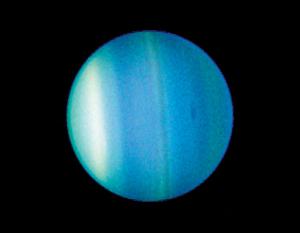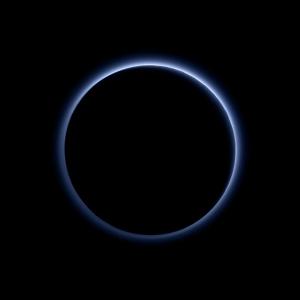
Stargazing Night
- Where:
- Frosty Drew Observatory
- When:
- Friday October 9, 2015 at 7:00 p.m.
- Cost:
- $1 Suggested Donation per Person
Tonight's forecast is calling for heavy rain, t-storms, high winds, and fog; interestingly enough just for tonight. This is really unfortunate as the Moon is sporting a super thin 5% waning crescent just before sunrise and would have left us super dark skies all night. With such a dismal forecast, the Observatory telescopes will sadly remain closed tonight. We will be on site and the Sky Theatre will be open from 7:00 p.m. - 9:00 p.m. featuring a general astronomy showcase. If skies clear enough to grab a view, we will open up the telescope and post an update on our Twitter.
Overall, tonight's forecast is looking rather grim, though we have seen many nights this summer with dismal forecasts that end up completely clear. If tonight works out, we will post updates on our Twitter (@FrostyDrewOBSY) and Facebook. Otherwise, stop in for a quick astro-fix and chat with our astronomers about astronomy and all the awesome science happening in today's astro circles.
-------------------------------------------------------------------------
Weekly Happenings
Scott MacNeill
On Sunday, October 11, 2015, Uranus will reach opposition, making it the best night of the year to catch a view. Opposition happens when an Solar System object, that is further away from the Sun than Earth, arrives at the point in its orbit when it's on the opposite side of Earth than the Sun. Consequently, this is also when the object is generally the closest to Earth. Uranus has a rather long orbit around the Sun, with one year on Uranus happening in 84 years on Earth. With such a slow orbit, Earth catches up and passes by Uranus about every 369.3 days. During opposition, Uranus will be visible from sunset to sunrise and will be at a distance of 1.764 billion miles. At that distance it will take light 2 hours and 38 minutes to reach us. The period around and during opposition is also the best time to photograph the object. Unfortunately, Uranus is just beyond naked eye visibility under most Southern New England skies, though binoculars and a small telescope will reveal is blue shade. So make a note to stop in at Frosty Drew Observatory on a near Friday night and catch a stunning blue view of Uranus.
This past week, the NASA New Horizons mission team released a new photo showcasing Pluto's atmosphere in color. Showing off a super sexy blue haze, Pluto's atmosphere shows similarities in color to Earth's and, even more so, Titan's atmosphere. The blue color is a result of blue light in the Sun's visible spectrum being scattered by tiny molecules in the atmosphere. On Earth, nitrogen molecules in the atmosphere are what scatters blue light, called Rayleigh Scattering, which results in that fabulous blue sky we see on clear days. But on Titan and Pluto, blue light is scattered by a lager molecule called a “tholin”. Tholins are a product of ionized nitrogen and methane molecules that recombine and grow. As they grown, tholins take on a frost coating from condensation of volatile gases. While in the atmosphere they scatter blue light until they fall to the ground where they cast a red color, which adds to the red color we see on Pluto's surface. Check out the photo, then jump on board one of the most exciting missions of the decade at NASA New Horizons.
-Scott


